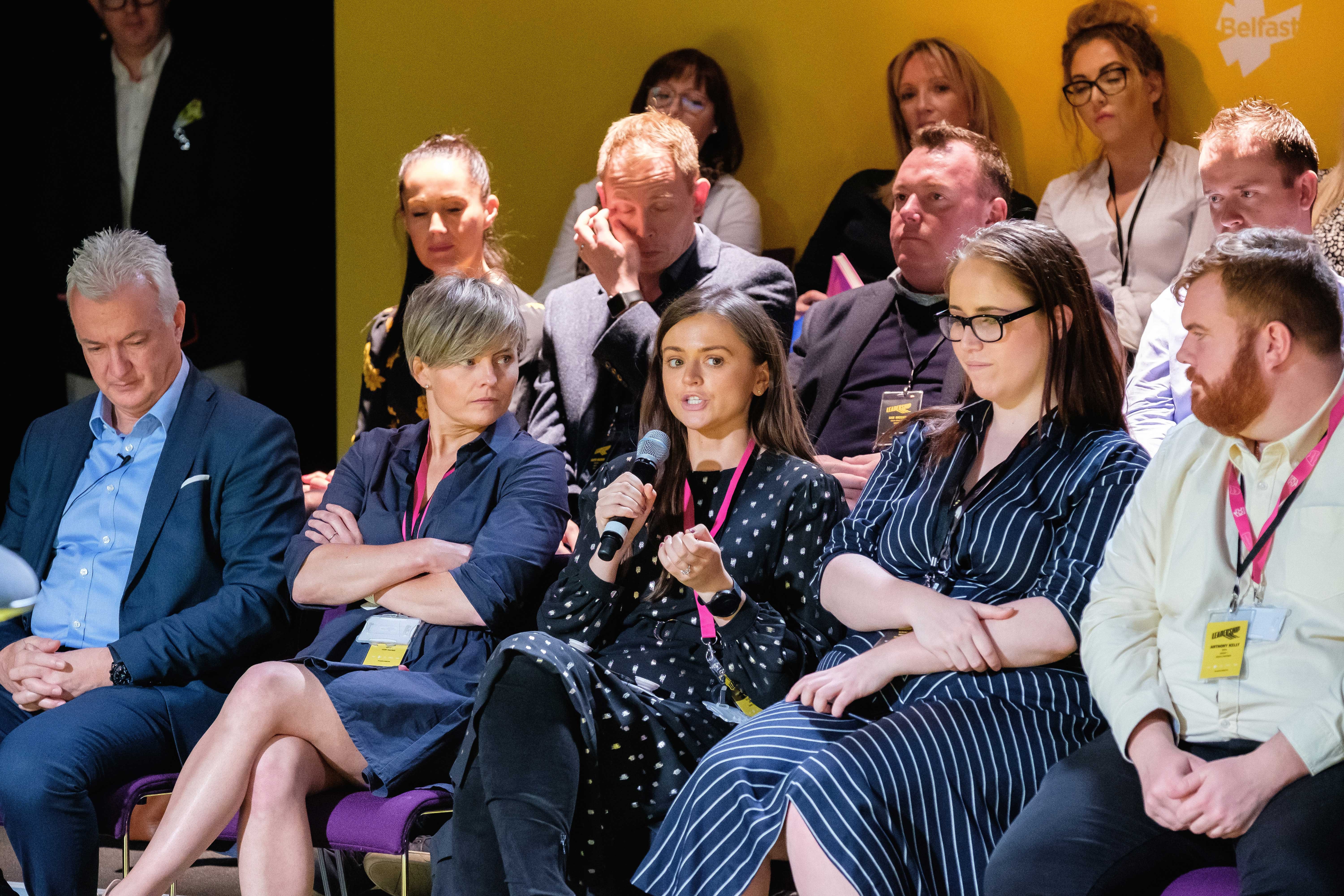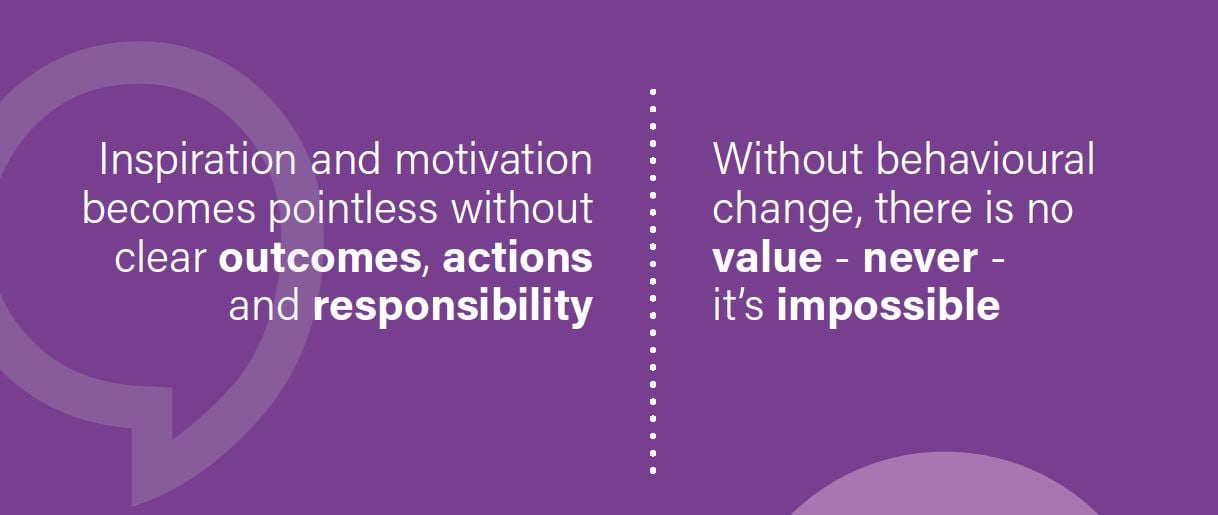Unless there have been clear objectives set from the very start of comms strategy conversations, ROI and post comms measurement can be difficult to achieve and prove. As a result, it can become a challenge to convince key stakeholders of the value of comms and therefore, the need to invest in comms as a whole. Here we take a look at changing the mindset and the approach to comms with a focus on key objectives and ROI measurement based on audience behaviour.
Stakeholder Investment Issues
Often key stakeholders see comms activity as an optional add on, a luxury to be implemented when the budget allows it. Very likely this is due to an historic lack of tangible results or ROI metrics fed back after big comms spends, meaning leaders believe that these activities are all outgoing costs with little value. From both an agency side and a client side, if stakeholders don’t see comms as an investment, they won’t put money into it.
Educating leadership teams that comms is not an expendable cost, but a vital investment, is essential. A leader who does not see the benefit of engaging communication does not deserve to be a leader.
Unclear Briefs and Always going back to the Why
When it comes to implementing comms solutions, we need to always look at outcome first. If that is not nailed down, we should not be going ahead with comms.
Briefs can be really vague, with objectives such as ‘more motivated’ or ‘inspired’ but these goals are pointless without clear outcomes, actions and responsibilities.
When planning comms, we must set the benchmarks way in advance. Thinking about evaluation and measurable ROI should be part of the initial briefing of a piece of comms and what we want our true, tangible outcome to be should be the first question we ask ourselves before the solution is even discussed. The narrower you can make the benchmark, the more accurate it will be. Small, achievable actions are the best way to measure, for example increasing sales by 50p per customer. That measurement should then stay in place throughout the entire planning process.
The problem requiring a solution and the ROI are intrinsically linked. You will never be able to truly measure ROI if you haven’t addressed the fundamental issues in the first place. Briefs must include an identification and in-depth analysis of the problem as a first step. This will provide the post comms ROI metric as well as driving the content of the comms.
 Before we get on to the nuts and bolts of the comms strategy, we must look at what action the audience takes post comms that demonstrates our objective. Briefs must include desired actions such as percentage of sales increase, number of new recruits or improvement in retention by X%. Only then can you find the action that helps achieve this goal and have something measurable to demonstrate value after the campaign.
Before we get on to the nuts and bolts of the comms strategy, we must look at what action the audience takes post comms that demonstrates our objective. Briefs must include desired actions such as percentage of sales increase, number of new recruits or improvement in retention by X%. Only then can you find the action that helps achieve this goal and have something measurable to demonstrate value after the campaign.
Audience Feels vs Audience Does - How can communicators adopt this principle?
People think they are measuring ROI by having a survey post comms activity. Although surveys can be effective in helping you understand audience sentiment and emotional connection with the activity, this means nothing from an ROI point of view.
Even if the audience doesn’t enjoy a comms activity, it might still have made an impact or achieved the desired effect. Or conversely the outcome could be that people felt great, but they didn’t change their behaviour in any way. The event or campaign may have made them feel good, inspired or motivated, a positive sentiment that could even last for a couple of days, but if the message is too distant, and they don’t actually action anything, then there is little to no value in the activity. Without behavioural change, there is no value - ever - it’s impossible.
 Focusing on behavioural rather than emotive response can only be achieved by questioning and addressing the issues that are driving the objectives in the first place ie:
Focusing on behavioural rather than emotive response can only be achieved by questioning and addressing the issues that are driving the objectives in the first place ie:
We want our employees to feel more motivated – why are they unmotivated? How can you help them achieve motivation? What behaviours will indicate that they have become engaged post event? How do we measure it on completion? How do we achieve this behavioural change?
Only once these questions have been addressed is it time to plan the activation in the full knowledge that you will have tangible results at the end of it that are entirely relevant to the initial objective.
Questions to ask yourself
What are you trying to achieve, what can we measure that will indicate that you have achieved it?
What is the end goal? How can we create a tangible outcome which everyone involved in delivering the comms can understand and can have clear measurement post communication?
Are we targeting the right person and the right audience that actually have the ability to complete the objectives that you are asking? Are we communicating to the audience a message they can understand and can take action upon? Is it relevant and in their language?
What is the best solution for that specific desired action?
If you don’t know what the solution is, you are not digging enough in to the why. Research around the front end is essential.
Key Takeaways for Identifying the WHY
- Set the benchmarks
- Define the outcome - ROI target
- Develop a ‘true’ brief
- Establish the format
- Production
- Execution
- Measure the change











